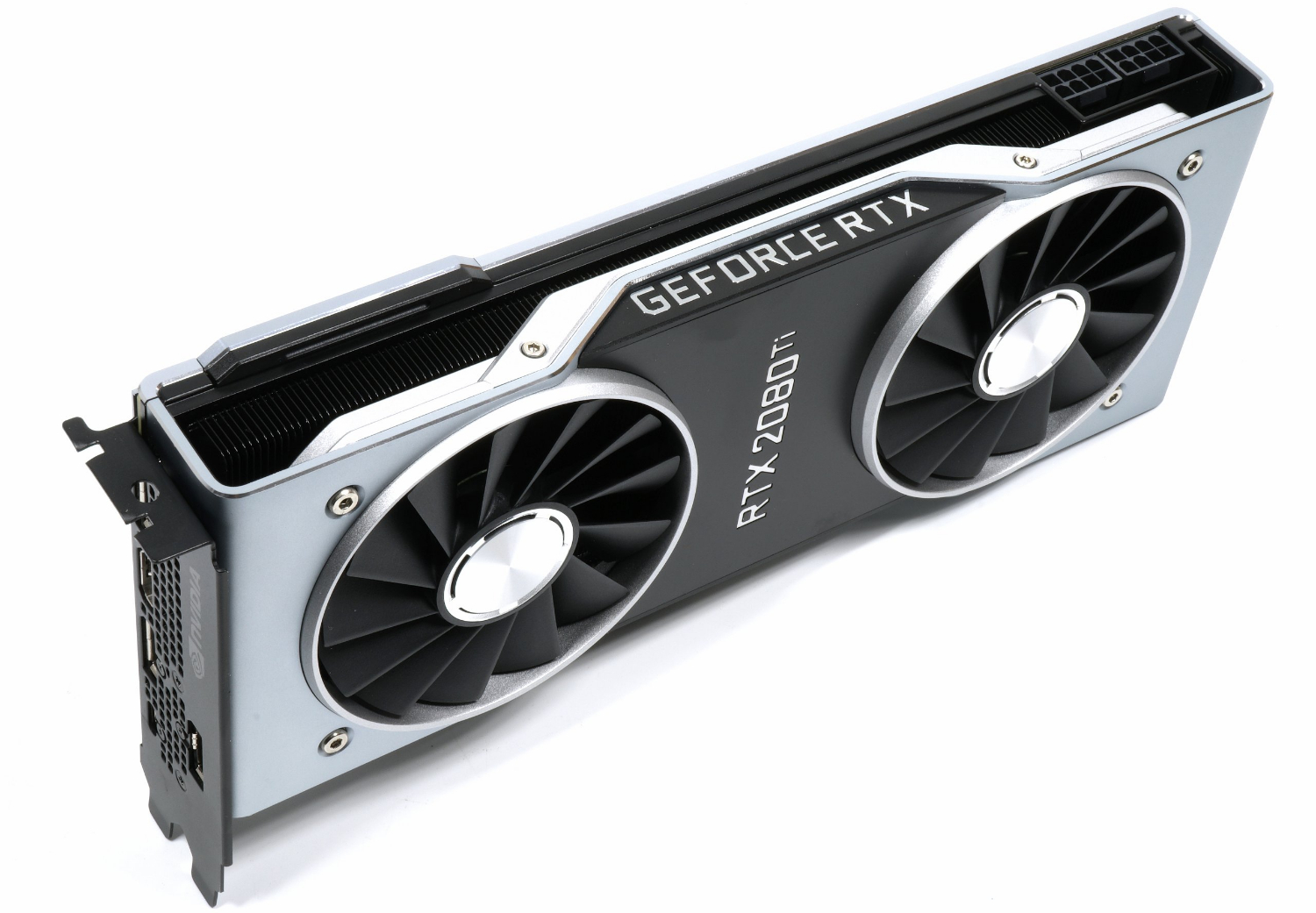What Is DRAM in RAM and GPUs? A Basic Definition
DRAM stands for dynamic random access memory and is a type of semiconductor memory seen in RAM and GPUs (aka graphics cards).
DRAM memory works by storing bits of data in a capacitor inside an integrated circuit. It requires periodic refreshing (unlike SRAM) to keep data because its capacitors slowly release energy. DRAM is cheaper than SRAM and can store more data. However, DRAM-based components take longer to access data than SRAM-based ones and use more power.
DRAM in RAM Kits
SDRAM aka SDR SDRAM (synchronous dynamic RAM aka single data rate synchronous dynamic RAM) - A more advanced type of DRAM. SDRAM doesn’t react to data input until a CPU clock tells it to; it’s built to work in tandem with the CPU at its optimized clock speed. As such, SDRAM can perform more tasks simultaneously than a plain (asynchronous) DRAM.
DDR SDRAM (double data rate synchronous dynamic RAM) - DDR SDRAM is the next generation of SDRAM and the type of RAM people typically buy to upgrade or build a PC. As its name implies, DDR SDRAM can access data twice as fast as SDR SDRAM. DDR SDRAM also consumes less power than SDR SDRAM.
Newer versions of DDR SDRAM have a number after DDR (ex: DDR2 SDRAM). The higher the number, the better (they’re all better than DDR SDRAM).
- DDR2 SDRAM - Faster than DDR SDRAM.
- DDR3 SDRAM - Better performance and more memory than DDR2 SDRAM
- DDR4 SDRAM - Faster, better performance, more memory and consumes less power than DDR3 SDRAM.
- DDR5 SDRAM - Faster and more power efficient than its DDR5 predecessor, while increasing maximum UDIMM size from 32GB to 128GB.
DDR5 is currently supported by Intel's 12th generation Alder Lake processors, and will also be used by AMD's upcoming Zen 4-based Ryzen 7000 family. Current DDR5 modules are generally available at DDR5-4800 and higher speeds. Some manufacturers, like G.Skill, offer overclocked modules rated for DDR5-8888 speeds. Module voltage has been reduced from 1.2V to 1.1V and voltage regulation takes place on each individual RAM stick rather than on the motherboard.
Note, when buying a RAM, it usually won’t say “SDRAM” after the “DDR” part.
Get Tom's Hardware's best news and in-depth reviews, straight to your inbox.
DRAM in GPUs
GDDR SDRAM (graphics double data rate synchronous dynamic RAM, commonly referred to as GDDR) - This targets video graphics, and most modern GPUs can access it. GDDR SDRAM differs from DDR SDRAM in that it prioritizes processing more data, rather than latency.
GDDR SDRAM is available in different generations. In order from worst to best performance they are: GDDR, GDDR2, GDDR3, GDDR4, GDDR5, GDDR5X, GDDR6 and GDDR6X. The first GDDR6 consumer graphics cards are Nvidia’s Turing architecture cards, including the GeForce RTX 2080 Ti, GeForce RTX 2080 and GeForce RTX 2070. GDDR6X memory is used in Nvidia's Ampere architecture on cards like the GeForce RTX 3080, RTX 3090, and RTX 3090 Ti.
This article is part of the Tom's Hardware Glossary.
Further reading:

Scharon Harding has over a decade of experience reporting on technology with a special affinity for gaming peripherals (especially monitors), laptops, and virtual reality. Previously, she covered business technology, including hardware, software, cyber security, cloud, and other IT happenings, at Channelnomics, with bylines at CRN UK.
-
arif1752002m4a1 DRAM stands for Dynamic RAM.Reply
They use capacitors to charge and store information and they are faster than Static RAM (olds). and they requires very little power to work. They are easy to manufacture and mostly they reduce the chances to ram leaked (a process when RAM automatically loose it's information when even they get power)

